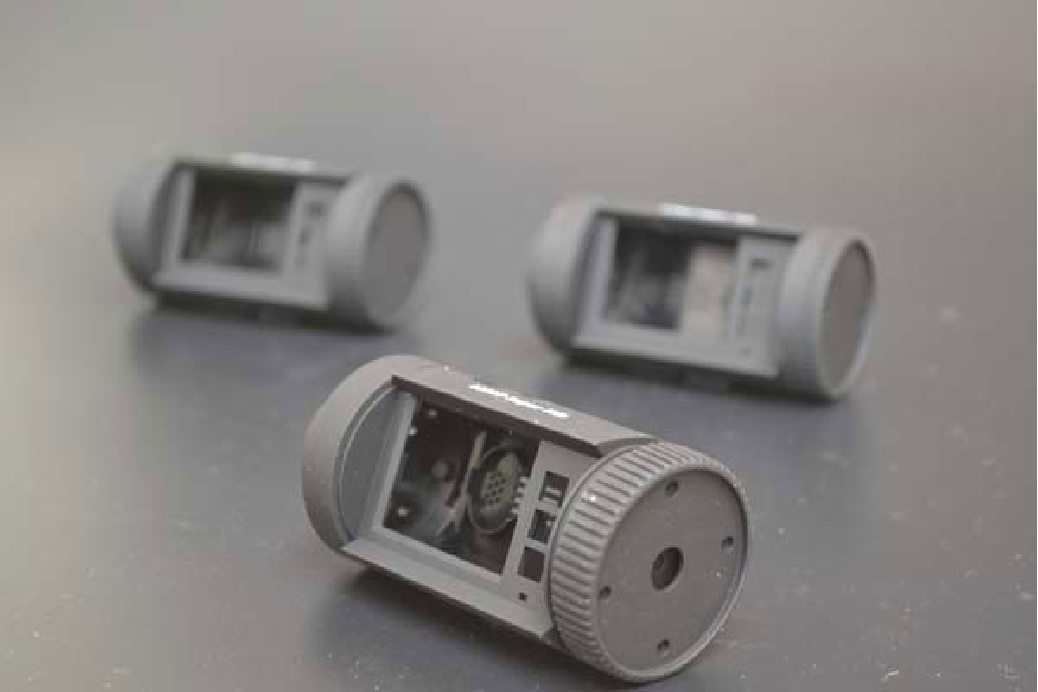Rapid Prototyping in China: Streamlining Product Development from Concept to Final Design
- Home
- Rapid Prototyping in China: Streamlining Product Development from Concept to Final Design

Rapid Prototyping in China: Streamlining Product Development from Concept to Final Design
The collection of methods known as rapid prototyping is used to swiftly turn a three-dimensional design into a physical part or assembly. By iterating several times between digital designs and physical prototypes in a quick and economical workflow, engineers and designers may produce a superior end product through rapid prototyping. The best part is that 3D printed prototypes are inexpensive, allowing teams to quickly produce dozens of reasonably priced prototypes.
Prototyping versus Rapid Prototyping
Product engineers and designers would use simple equipment to manufacture improvised proof-of-concept models, but the same procedures that were used to produce functioning prototypes and production-quality parts were frequently needed. Low-volume, customized prototypes are unaffordable due to the high setup and tooling costs associated with traditional production techniques like injection molding.
Rapid prototyping China, on the other hand, takes items through a number of validation steps before mass production, helps businesses swiftly transform ideas into realistic proofs of concept, and progresses these concepts to high-fidelity prototypes that look and function like final products.
With rapid prototyping, engineers and designers can produce prototypes straight from CAD software digital models more quickly than ever before. They can also make quick, frequent changes to their ideas in response to input and testing in the real world.
Benefits of Quick Prototyping
Acknowledge and investigate ideas with ease, rapid prototyping transforms early concepts into low-risk concept explorations that quickly take on the appearance of finished goods. It enables designers to move beyond virtual visualization, which facilitates side-by-side idea comparison and comprehension of the design’s appearance and feel.
Design Iteratively and Immediately Adjust for Modifications
Before reaching a final product, design is usually an iterative process that involves several iterations of testing, assessment, and improvement. Rapid prototyping with 3D printing elevates this important trial and error process by offering the ability to produce more realistic prototypes more quickly and make changes quicker.
Reduce Design Flaws and Conduct Extensive Testing
Early detection and correction of design defects can help businesses avoid later, expensive tooling adjustments and design revisions. Rapid prototyping lowers the risk of usability and manufacturability problems before going into production by enabling engineers to extensively test prototypes that resemble final products in both appearance and functionality.

